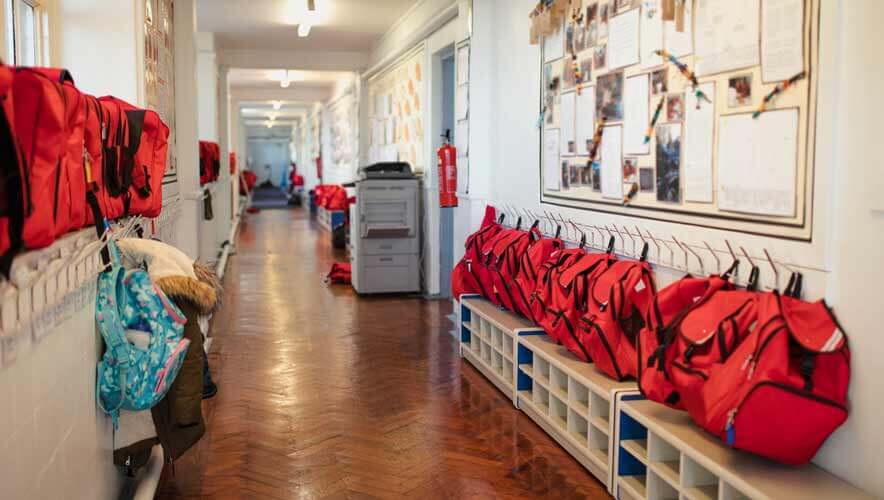Fast Facts: 5 Steps for Stronger School Safety Reporting
“If you see something, say something.” It’s a phrase security professionals utter daily, but it relies on the attentiveness and participation of bystanders to prove successful.
In 19 percent of averted school violence incidents studied for a 2021 U.S. Secret Service report, plotters warned friends and peers about impending attacks, either telling them something big was going to happen or to skip school on certain dates or upon instruction from the plotter. Plotters’ communication about their intentions led to intervention—in 75 percent of the plots, they were detected and mitigated solely because of what plotters said or otherwise communicated to others. In 10 percent of cases, behavior alone led to discovery, including weapons-related behaviors or behavioral changes that were noted by friends, family, or members of the community.
“The key findings of the study are clear and consistent: Individuals contemplating violence often exhibit observable behaviors, and when community members report these behaviors, the next tragedy can be averted,” wrote U.S. Secret Service Director James M. Murray in the analysis.
But when students, faculty, staff, or other community members notice suspicious behaviors or communication, they often do not know how to report it or what to report.
A 2019 U.S. Secret Service publication, Protecting America’s Schools: A U.S. Secret Service Analysis of Targeted School Violence, found that in two-thirds of attacks there was at least one communication or concerning behavior observed from the attacker about his or her intent to attack that was not reported by the bystander who observed it. School climate largely affects whether bystanders would come forward with threat information.
A recently released toolkit from the U.S. Secret Service National Threat Assessment Center and the U.S. Cybersecurity and Infrastructure Security Agency (CISA) aims to help K-12 schools strengthen their systems for reporting safety and security issues.
Learn more about this toolkit—including analysis from school security professionals—in Security Management coverage here.











